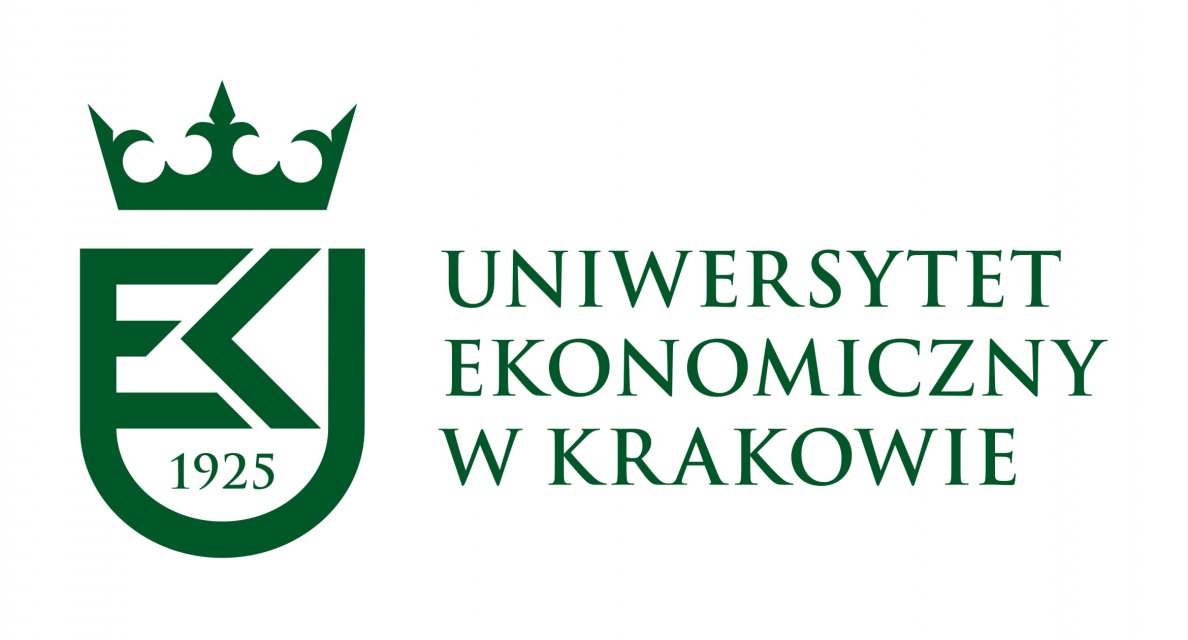
|
|
Learning Outcomes Objectives and goalsClick to read
At the end of this module you will be able to:
Understanding digital workloads Defining digital workloadClick to read
In computing, a workload simply started out by meaning any program that runs on a computer or the work done by it. But in a world increasingly powered by technology, it has become loaded with meaning. At its core, it is a computer system’s ability and way of processing input and giving output. Viewing and editing a photo on a laptop requires the computer to process software instructions. That is a workload. Every time someone googles something, a workload is processed by a data center, resulting in a set of links on the screen https://www.nutanix.com/theforecastbynutanix/technology/rethinking-cloud-workloads Simply put, a workload is about “putting elements together to get data, finding out what something means or developing something”. Types of Workloads Click to read
Types of Workloads in the Cloud categorized by resource • General compute: Workloads that don’t have specific computational needs and typically run on the default configuration of the cloud. These include common web apps, web servers, distributed data stores, and containerized microservices. • CPU-intensive: Workloads that have high compute requirements and handle a large number of concurrent users. These include massively multiplayer online games and deep learning applications that need to perform processor-intensive ops such as video encoding, analytics on big data, 3D modelling, etc. • Memory-intensive: Workloads that need memory and processing power to execute millions of transactions per second. These include real-time streaming data, caches, and distributed databases. • GPU-accelerated computing: Some workloads such as speech recognition, self-driven vehicles, navigation systems, computational fluid dynamics, seismic analysis, and so on have super-high processing requirements. These need the power of GPUs along with CPUs to perform real-time tasks. • Storage optimized: Workloads such as in-memory databases, highly scalable NoSQL databases, and data warehouses Types of Workloads in the Cloud categorized by usage patterns • Static workloads: The resource requirements, demand, and uptime are fairly known. These include core enterprise services like CRM, ERP, and email. • Periodic workloads: These face traffic spikes at specific times of the day, week, month, or year. Examples include bill payment or tax and accounting tools. Serverless computing, where users don’t pay for ideal instances, is ideal for these workloads. • Unpredictable workloads: Popular applications and platforms like social networks, online multiplayer games, video streaming sites, etc. can see their traffic increase exponentially within no time. The auto-scaling ability of clouds can handle such spikes by dynamically adding instances as and when required. • Defining AnxietyClick to read
Defining Anxiety: Anxiety is a feeling of unease, such as worry or fear, that can be mild or severe. Consequences of Anxiety - panic disorder https://www.nhs.uk/mental-health/conditions/generalised-anxiety-disorder/overview/ Stress and anxiety resilience Defining StressClick to read
Defining Stress: Stress is a natural feeling of not being able to cope with specific demands and events. However, stress can become a chronic condition if a person does not take steps to manage it. Consequences of Stress Stress and anxiety resilienceClick to read
Improving your stress and anxiety resilience If you'd like to become more resilient, consider these tips: • Get connected. Building strong, positive relationships with loved ones and friends can provide you with needed support and acceptance in good and bad times. Establish other important connections by volunteering or joining a faith or spiritual community. • Make every day meaningful. Do something that gives you a sense of accomplishment and purpose every day. Set goals to help you look toward the future with meaning. • Learn from experience. Think of how you've coped with hardships in the past. Consider the skills and strategies that helped you through difficult times. You might even write about past experiences in a journal to help you identify positive and negative behavior patterns — and guide your future behavior. • Remain hopeful. You can't change the past, but you can always look toward the future. Accepting and even anticipating change makes it easier to adapt and view new challenges with less anxiety. • Take care of yourself. Tend to your own needs and feelings. Participate in activities and hobbies you enjoy. Include physical activity in your daily routine. Get plenty of sleep. Eat a healthy diet. Practice stress management and relaxation techniques, such as yoga, meditation, guided imagery, deep breathing or prayer. • Be proactive. Don't ignore your problems. Instead, figure out what needs to be done, make a plan, and take action. Although it can take time to recover from a major setback, traumatic event or loss, know that your situation can improve if you work at it. https://www.mayoclinic.org/tests-procedures/resilience-training/in-depth/resilience/art-20046311 Building a quality focused digital organization Defining quality and digital organizationClick to read
Defining quality Defining the term digital organisation “A digital organisation is one that seeks to improve performance by new and emerging electronic and "information technology" tools, and the business models and new ways of operating that they enable, to improve the effectiveness of how they operate.“ https://www.linkedin.com/pulse/what-digital-organisation-owen-mccall/ Pillars of a quality focused digital organizationClick to read
1. Collaborate to Build a Single View of the Customer To ensure your organization is building a holistic and single customer view, ask the following questions: - How good is our data? Bad data doesn’t just lessen your ability to communicate — it can impact productivity and ultimately revenue. 2. Encourage Risk-Taking Focus on eliminating bureaucratic decision-making and shift your focus to innovation rather than strictly efficiency — and don’t forget to celebrate the iterative nature of progress. A key component to failing fast is reflection and growth. You must encourage team members to share what didn’t work so the entire organization can learn, rather than remain stuck in stasis. Your team needs to have the skillsets to use the insights and data generated from these new initiatives to drive further change, which may require a shift in mindset or additional training. Shifting to a digital culture takes time, but the sooner you get started, the faster you’ll see results. Any digital transformation will — by its nature — remain a work in progress. This experimentation involves calculated risk, but that experimentation will ultimately drive results and lead your organization to new successes. 3. Embrace change Embracing a digital culture can be challenging as employees struggle to mobilize around consistent touchpoints, new technologies and new ways of working. But organizations must move beyond traditional structures, processes and systems to change individual and collective behavior. In order to shift team and group dynamics, organizations can do the following: Embrace transparency. Implementing a digital culture can be a challenge, especially if your organization suffers from a “silo mentality.” Strive for open and honest communication, both top-down and bottom-up. Use collaboration tools. Instead of email, try apps like Slack or Microsoft Teams. You can also try collaborating on documents instead of emailing them back and forth. This helps you share information and more efficiently work toward common goals. https://www.cmswire.com/digital-workplace/3-steps-to-building-a-digital-culture/ Conclusions Summing UpClick to read
Key takeawaysClick to read
- Collaborate to Build a Single View of the Customer
- Encourage Risk-Taking
- Embrace change
|
Test Yourself! 
Description:
This session is focused on fimiliarizing students with the notion of digital workload. The types and characteristics of digital workloads are analysed as well as the topics of stress and anxiety. Also, tips for improving stress and anxiety resilience are provided. Finally, concerning how to build a quality focused digital organisation, the crucial pillars are being elaborated.
Keywords
digital workload; stress and anxiety resilience; quality
Bibliography
Cortez, E., Bonde, A., Muzio, A., Russinovich, M., Fontoura, M., & Bianchini, R. (2017, October). Resource central: Understanding and predicting workloads for improved resource management in large cloud platforms. In Proceedings of the 26th Symposium on Operating Systems Principles (pp. 153-167).
https://www.nutanix.com/theforecastbynutanix/technology/rethinking-cloud-workloads
Hurwitz, J. S., & Kirsch, D. (2020). Cloud computing for dummies. John Wiley & Sons.
https://www.nhs.uk/mental-health/conditions/generalised-anxiety-disorder/overview/
https://www.medicalnewstoday.com/articles/145855
https://www.mayoclinic.org/tests-procedures/resilience-training/in-depth/resilience/art-20046311
https://www.linkedin.com/pulse/what-digital-organisation-owen-mccall/
https://www.cmswire.com/digital-workplace/3-steps-to-building-a-digital-culture/
Ponsignon, F., Kleinhans, S., & Bressolles, G. (2019). The contribution of quality management to an organisation’s digital transformation: a qualitative study. Total Quality Management & Business Excellence, 30(sup1), S17-S34.
 Play Audio
Play Audio 














